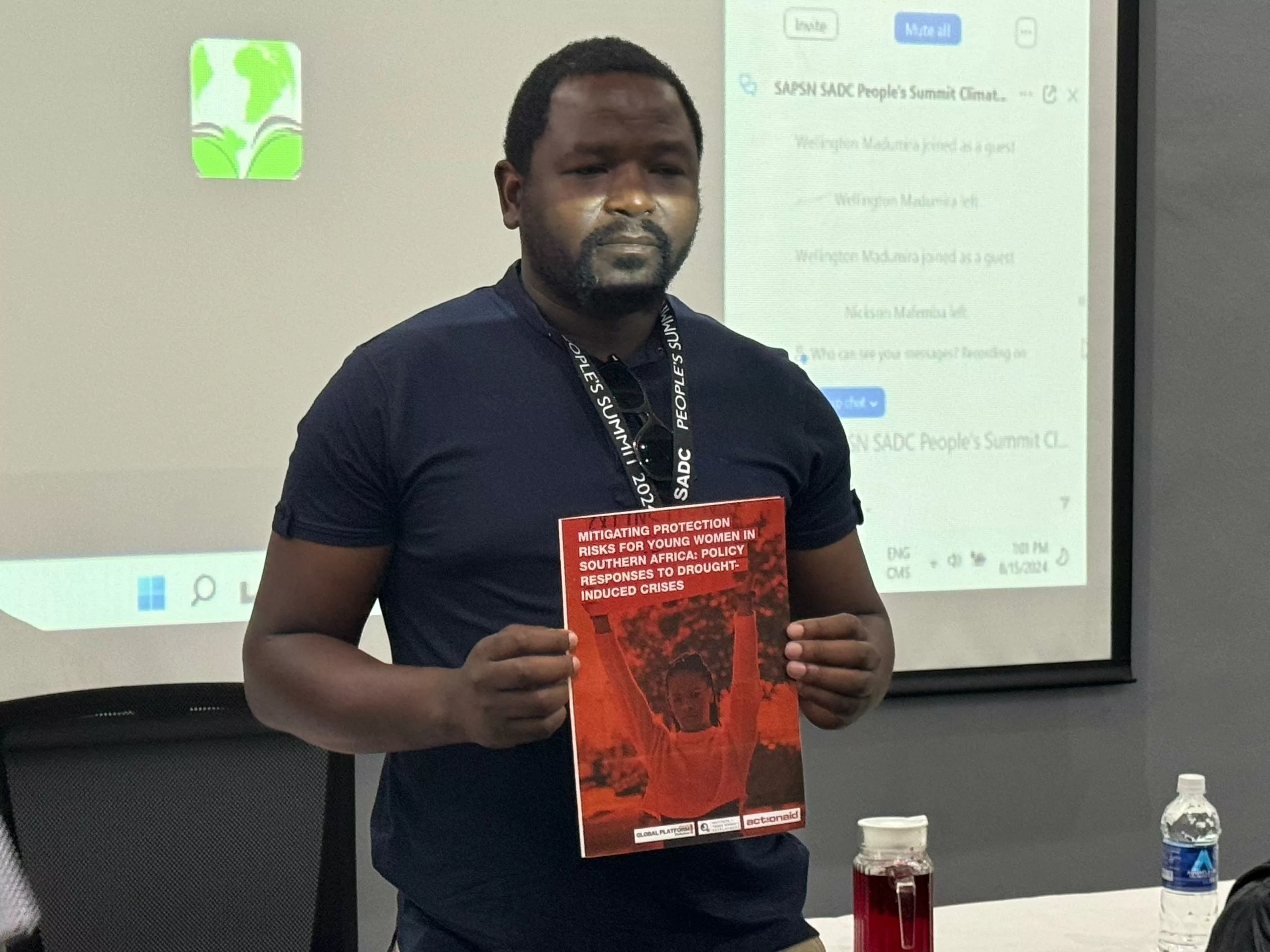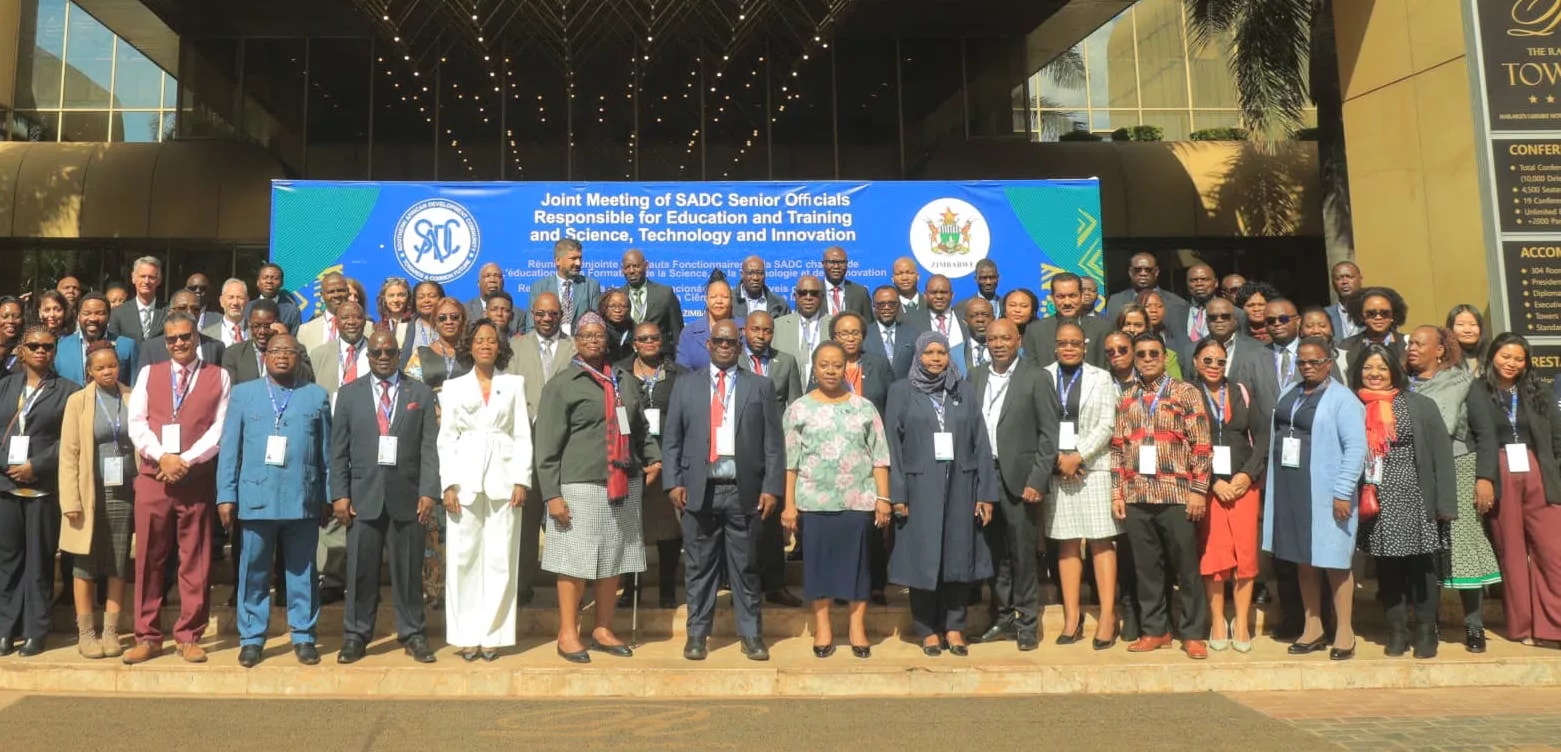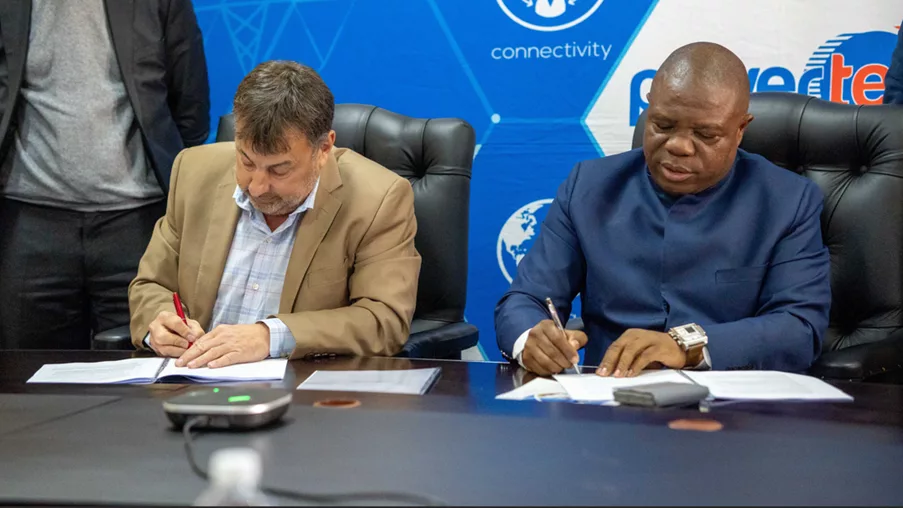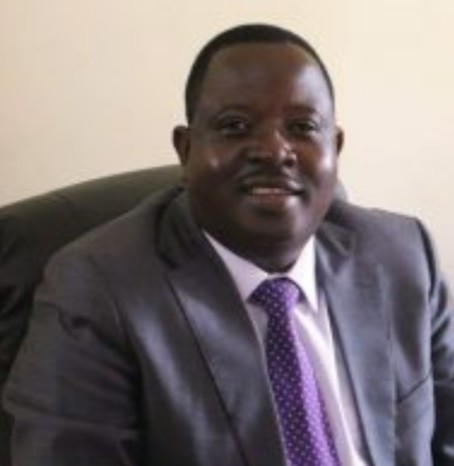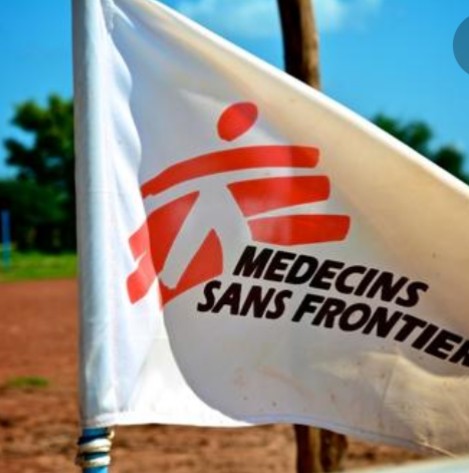|
Getting your Trinity Audio player ready...
|
Over and over, we have seen how the Southern African region, like many countries in the Global South, is paying the heavy price for historical emissions by the industrialized North. The manifestation of the climate crisis continues to impact food security and livelihoods, with young women in particular facing increasing and deepening protection risks such as gender-based violence and exploitation, including engaging in transactional sex.
This was revealed by Tayiona Sanangurai, the Global Humanitarian Youth Advisor of ActionAid Zimbabwe during the 2-day Southern African Development Community’s (SADC) Regional Indicative Strategic Development Plan 2020-2030 (RISDP) meeting in Harare running from 14 to 15 August 2024 in Harare.
“We have seen how debt-ridden governments have resorted to austerity measures that disproportionately affect vulnerable populations, especially frontline communities from climate-vulnerable areas. The lack of available funding means that communities are missing out on essential services like healthcare, education, and social protection. Meanwhile, our governments simply don’t have the funds they need to help communities recover in the aftermath of climate disasters, strengthen resilience to future impacts, or reduce greenhouse gas emissions.
“SADC countries urgently need climate finance and debt relief so that they can embark on a just transition pathway that prioritizes community needs to build resilience, reduce poverty, and create a sustainable future for all. Investment in sustainable alternatives such as agroecology and renewable energy must be central to this vision,” Sanagurai said.
As COP29 approaches, policymakers must demand that the polluting countries take responsibility and contribute to the new goal of climate finance as well as the fund to help communities recover from the impacts of loss and damage.
He said Policymakers must demand the protection and engagement of young women in climate decision-making. The future lies in building the right policy and institutional framework for a green and sustainable future. By prioritizing young women’s protection and leadership, we can build a just and sustainable future.
Justice Zvaita, an environmental and climate change activist recommended the establishment of a SADC debt-for-climate-action swap mechanism. A debt-for-climate-action swap mechanism is a financial instrument that allows a country to reduce its debt burden in exchange for commitments to implement climate-related policies and projects.
“Many SADC countries are burdened by high levels of debt, which limits their ability to invest in climate adaptation and mitigation. A debt-for-climate-action swap mechanism could provide debt relief in exchange for commitments to implement climate-related policies and projects. The mechanism could involve the restructuring or forgiveness of existing debt, with the freed-up resources earmarked for climate-related investments, such as renewable energy, sustainable land use, and disaster risk reduction. This approach would help alleviate the debt burden while also mobilizing resources for critical climate action in the region,” Zvaita said.
He also said a regional climate adaptation and resilience financing mechanism must be established at the regional level, in this case within the Southern African Development Community (SADC), to support climate change adaptation and resilience-building efforts across the member states.
“SADC countries are highly vulnerable to the impacts of climate change, including droughts, floods, and severe weather events. A dedicated regional fund would mobilize resources to support adaptation efforts and build resilience in communities across the SADC region.
“The fund could provide grants and low-interest loans to member states and local organizations for projects such as early warning systems, infrastructure upgrades, water resource management, and sustainable agriculture. It could also support knowledge-sharing and capacity-building initiatives to help SADC countries develop and implement effective climate adaptation strategies,” Zvaita added.
The establishment of a regional disaster risk finance facility creates a dedicated fund to provide rapid, flexible financing for disaster response, recovery, and climate adaptation initiatives across the SADC region. This would help mitigate the impact of natural disasters and reduce the burden on national budgets.
Zvaita said it is important to integrate indigenous knowledge systems into disaster risk reduction strategies. He called for dequate financing of early warning and early response mechanisms incorporating young people, especially young women in all planning phases to address protection risks.


